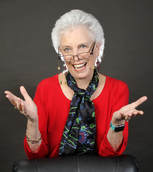 Dr. Hugh Willoughby, of Florida International University, was one of the first meteorologists to ever fly into the eye of a hurricane. Now the job is done by the Hurricane Hunters—a team of pilots, navigators and meteorologists who fly into these dangerous storms to help keep us safe. Here’s what I learned when I interviewed Hugh Willoughby: What is a hurricane eye? Hurricanes are circular storms so the wind blows around in a circle. The eye is the center of a hurricane. If a circular storm doesn’t have an eye, it is not a hurricane—it’s a tropical storm. The eye is surrounded by a ring of clouds called the eyewall. Within the eye, there is a calm area that is cloudless all the way up to space. The winds are strongest just at the inner edge of the eyewall, which is composed of violent thunderstorms with strong updrafts and downdrafts. The hurricane pinwheels out from the eyewall as spiral bands of wind and rain, which stretch for miles. When a hurricane’s eye passes over land, the storm suddenly stops and the sun comes out. But the relief is short-lived as the other side of the storm soon slams into the area. How do Hurricane Hunters help us? Hurricane Hunters fly into the eye of hurricanes that are heading towards our shores to help predict where the storm will make landfall. On every mission they must find the center of the storm at least twice and at most four times over a period of several hours because the change in position of the center of the eye tells us the direction the storm is moving and how fast it is moving. They also drop packages called dropsondes that contain measuring instruments for air pressure, humidity, and wind speed at the eyewall. These measurements tell us the destructive power of the storm or its “category.” During a hurricane season (from June 1 to November 30) the Hurricane Hunters and their fleet of ten airplanes can get data on three storms, twice a day. So flying into a hurricane’s eye is pretty routine for them. Is it dangerous? The planes can easily handle changes in air pressure and wind speeds that create “bumps” and it can be pretty bumpy going through the eyewall. But, in more than sixty years there have been only four accidents. All on board agree that the view of the eyewall from inside the eye is worth it! The plane has transported them inside nature’s most magnificent amphitheater. (c) Vicki Cobb 2014 Harvey and Irma have alerted everyone to the dangers of a hurricane. We can predict the course of a hurricane by flying into a hurricane and repeatedly measuring wind speed, humidity, air pressure, and temperature. Here's a video that will give you a taste of what it looks like as you approach an eye wall. It is filmed from a plane penetrating Hurricane Katrina.
MLA 8 Citation Cobb, Vicki. "Flying into the Eye of a Storm." Nonfiction Minute, iNK Think Tank, 18 Sept. 2017, www.nonfictionminute.org/the-nonfiction-minute/ flying-into-the-eye-of-a-storm.
2 Comments
Have you ever wanted to tell your life's story? It's not as easy as you think. Here are some tips that can make it easier. First, realize that you can't tell your whole story. Not only will you bore your readers, you'll probably give up before you write a quarter of it. Instead, choose a theme—something that's been important to you and that interests you about your life. Here are a few examples: * The story of you and your favorite hobby. * Your experiences with your favorite—or least favorite—pet. * Fun times you've had with your dad, mom, or best friend. * The three scariest things you ever did. * Your best/worst school year. In my memoir, Snakes, Alligators, and Broken Hearts—Journeys of a Biologist's Son, I decided to focus mostly on my relationship and adventures with my dad. Narrowing down my story not only led to a better story, it made the writing process much less overwhelming. This kind of "slice" of a life is called a memoir. In contrast, when someone tries to tell their complete story, it's called an autobiography. Usually, the only people who write autobiographies have invented electricity or landed on the moon—or they are running for president! A second tip for telling your story is to pick out certain characters and let the reader get to know them. When writing my memoir, I could have said a little bit about a lot of different people in my life. Instead, I chose just a few and tried to tell more about them. This lets readers get to know the people in your story—and care about your story more. One last tip is to leave out the boring stuff. When you start writing, it's tempting to include every detail. Instead, start your story where it really gets interesting. For instance, don't begin with, "On my first day of school, I walked to class." Instead, you might start with, "When I looked in the cage, I realized that our twelve-foot long boa constrictor had escaped!" Just because it's your story doesn't mean it shouldn't have a good plot and plenty of action. Focus on topics you'd like to read about—even if you didn't know you! After reading these tips, you might be asking yourself, "Can I write more than one memoir?" The answer: absolutely! So dig in, have fun, and tell your story. You, your friends, and family will be glad you did. To help your story be more interesting, focus on one thing. For my memoir, I focused on my relationship and adventures with my dad. Here, he is graduating with his doctorate degree from U.C. Santa Barbara Both my dad and I loved reptiles, so I told a lot of stories about them in my memoir. During the long summers with my dad, I often hung out at his laboratory. One summer I helped him build this giant plankton net that he used to sample animals in the Gulf of Mexico. My dog, Puppy, helped get me through the difficulty of my parents’ divorce, so Puppy became a primary character in my book. Man, I wish I still had that shirt! 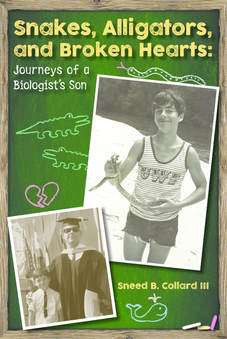 Sneed B. Collard III is the author of more than eighty award-winning books, many focusing on science and the natural world. His entertaining memoir Snakes, Alligators, and Broken Hearts--Journeys of a Biologist’s Son recounts his challenges and adventures growing up as the son of divorced biologist parents, and the experiences that would one day lay the foundation for his writing career. He is a dynamic speaker and offers school and conference programs that combine science, nature, and literacy. To learn more about him and his talks, visit his website, www.sneedbcollardiii.com. 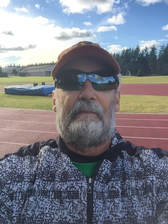 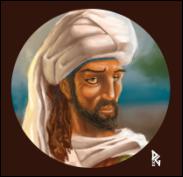 Ibn Buttuta Ibn Buttuta You’ve probably heard of Marco Polo, who left his hometown of Venice, Italy in 1271 as a teenager and traveled for the next 24 years. He spent most of his time in China, where he became an advisor to the country’s ruler Kublai Khan. He published The Travels of Marco Polo in 1300 and it became an instant best-seller. Four years later Ibn Battuta, who became known as the “Muslim Marco Polo,” was born in Tangier, Morocco. When he was about 21 he undertook the hajj, the trip to the Muslim holy city of Mecca in the Arabian Peninsula. During the month he stayed there following a two-year journey, he heard fascinating tales of far-flung lands from his fellow pilgrims. Rather than returning home to the career as a lawyer that awaited him, Ibn Battuta decided to see those lands. He joined a camel caravan to Persia. From there he went to Africa, then to Asia. He crossed hot deserts and snow-covered mountain passes. He survived bandit attacks and voyages on stormy and pirate-infested seas. He enjoyed long periods of living in luxury, as well as other periods of soul-crushing poverty. He finally returned home to discover that his parents were dead. So he crossed the Straits of Gibraltar to visit the remnants of Islamic Spain. Then, at the “request” of the sultan of Morocco, who wanted to establish trade relations with the mighty Muslim empire of Mali, West Africa, Ibn Battuta toured that region for nearly three years. He came back to Morocco for good in 1354, ending 29 years of traveling. During that time, he covered about 75,000 miles. By contrast, Marco Polo’s journeys encompassed roughly 15,000 miles over a 24-year period. Like Marco Polo, Ibn Battuta published an account of his travels, A Gift to Those Who Contemplate the Wonders of Cities and the Marvels of Traveling, more commonly called the Rihla (or “Journey”). He spent his remaining years before his death in 1368 as a judge—finally involved with the legal career he had avoided so many years earlier. 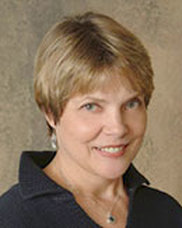 If you yearn and burn to be a writer, how can you make that a reality? From the time I was a teenager, I wanted writing to be my life’s work. But even though I loved to write, how to become a writer stumped me. I thought education must be the answer and had master’s degrees in both English and journalism before I realized that the only one who could harness and develop my inner writer—my writing soul—was me. Like most writers before me, I had to mostly teach myself what I needed to know. I have since published hundreds of articles and a dozen books. While writing a book about Charles Dickens, I was surprised to learn that even he—one of the greatest writers of all—also had to teach himself. Because of family circumstances, he had only two years of formal schooling, so he learned the fine points of grammar and style on his own. Beginning at age fifteen, he worked upward through a series of jobs until, based solely on his writing ability, he became a newspaper reporter. In his spare time he wrote stories, articles, sketches, essays, editorials, theatre reviews, and plays. Gradually he began getting published in a monthly magazine. It didn’t pay him, but he was honing his craft, finding and training his voice as a writer. Then a publisher who liked his magazine stories gave him the opportunity to write his first novel—and the rest is history. My advice to you is Dickens’ advice to you: don’t wait for someone to give you permission to be a writer or to teach you how. Give yourself permission. Teach yourself. Just write. Do it every day. Write about what you see, what you feel, what you dream. Make up stories. Observe people closely: what they wear, how they speak, what they do, how they feel and why. Learn how to write articles and essays. Study your favorite authors and pattern your work after theirs. Don’t worry that you are mimicking them, for you will find your own style. Trust me on this. Draw from the wisdom and skill of writers who have gone before you, because everything you need to know, you can learn from them. When you’re ready, publication will follow. Read, read, read. Write, write, write. If you want to become a writer, start now. Be a writer. Charles Dickens at age 37 (c) Andrea Warren 2014 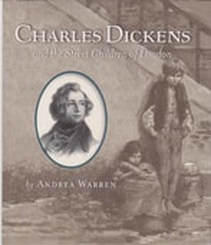 Andrea Warren often teaches writing classes, and she often talks about Charles Dickens and how writing ultimately comes down to teaching yourself. Warren talks more about the writing process on her website, And to learn more about Charles Dickens and his quest to become a writer, check out her book, "Charles Dickens and the Street Children of London." Andrea Warren is also a member of Authors on Call. Bring her into your classroom via interactive video conferencing. Here’s where you can learn more about her and her programs. MLA 8 Citation Warren, Andrea. "How Do You Become a Writer? Ask Charles Dickens." Nonfiction Minute, iNK Think Tank, 21 Sept. 2017, www.nonfictionminute.org/the-nonfiction-minute/how-do-you-become-a-writer-ask-charles-dickens. 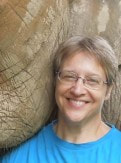 Writing a recipe is harder than it looks. I found this out when a children’s magazine editor asked me to add a recipe to my article about eating insects. First, I thumbed through my recipe file mentally substituting bugs for a vital ingredient. Mushrooms stuffed with millipedes was out. (Most kids don’t like mushrooms.) I nixed beetle sausage, also. (Too much chopping and frying in a hot skillet.) Flipping to desserts, I chose toffee. I could substitute bugs for nuts. After my trip to the grocery store for butter, sugar and chocolate chips, I visited the pet shop, and asked for a cup of mealworms, which are fly larvae (also known as maggots, but that’s not very appetizing). The man handed me a little carton that looked like a Skippy cup of ice cream. I wrote that down because I would need to pass that information on to readers who, like me, had no clue how to purchase creepy-crawlies. With all the ingredients on the counter I recorded each step:
After that, I was on familiar ground blending butter and sugar, and sprinkling chocolate chips. I called my concoction Toffee Surprise, and taste-tested it in a large group setting where peer pressure encouraged full participation -- my mother’s birthday party! The verdict: The toffee was yummy, crunchy, and sweet with a subtle earthy aftertaste. Although I don’t plan on cooking more edible vermin, I did learn some important rules for writing a recipe: Choose a food that is reader-friendly; be aware of your readers’ abilities and safety issues; record every step in order; pay attention to even the smallest details; and prepare it yourself so you can work out the bugs (no pun intended). 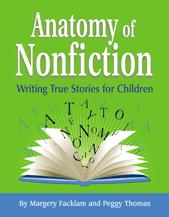 Peggy Thomas is the co-author of Anatomy of Nonfiction, the only writer's guide for children's nonfiction. To find out more about Peggy, visit her website. She also has a blog for writers, based on the book. Peggy Thomas is a member of iNK's Authors on Call and is available for classroom programs through FieldTripZoom, a terrific technology that requires only a computer, wifi, and a webcam. Click here to find out more. MLA 8 Citation
Thomas, Peggy. “How to Take an Elephant’s Temperature.” Nonfiction Minute, iNK Think Tank, 7 Nov. 2017, www.nonfictionminute.org/baking-with-bugs;-how-to-write-a-recipe. |
*NEWS
|
For Vicki Cobb's BLOG (nonfiction book reviews, info on education, more), click here: Vicki's Blog
The NCSS-CBC Notable Social Studies Committee is pleased to inform you
that 30 People Who Changed the World has been selected for Notable Social Studies Trade Books for Young People 2018, a cooperative project of the National Council for the Social Studies (NCSS) & the Children’s Book Council
Categories
All
Abolitionists
Adams Janus
Adaptation
Adaptations
Adkins Jan
Advertising
Aerodynamics
Africa
African American History
African Americans
Africa West
Agriculture
Aircraft
Air Pilots
Air Pressure
Air Travel
Albee Sarah
Alchemy
Alligators
Allusion
American History
American Icons
Amphibians
Amundsen Roald
Anatomy
Ancient
Ancient Cultures
Anderson Marian 1897-1993
Animal Behavior
Animal Experimentation
Animal Intelligence
Animals
Animation
Antarctica
Ants
Apache Indians
Apes
April Fool's Day
Architecture
Argument
Arithmetic
Art
Art Deco
Artists
Arts
Asia
Astronauts
Astronomy
Athletes
Atomic Theory
Audubon Societies
Authors
Autobiography
Automobiles
Aviation
Awards
Bacteria
Baseball
Battuta Ibn
Bears
Beatles
Beavers
Bees
Biodegradation
Biography
Biology
Biomes
Biomimicry
Biplanes
Birds
Black Death
Black History
Blindness
Blizzards
Bombs
Bonaparte Napoleon
Boone Daniel
Botany
Brazil
Bridges
Brill Marlene Targ
Brooklyn Bridge
Brown John
Buffaloes
Building Materials
Butterflies
Caesar
Caesar Julius
Caissons
Calculus
Calendars
Cannibal
Capitals
Caravaggio
Carbon Dioxide
Carnivores
Carson Mary Kay
Cartoons & Comics
Carving (Decorative Arts)
Cascade Range
Castaldo Nancy
Castles
Castrovilla Selene
Cathedrals
Cats
Caves
Celts
Cemeteries
Chemistry
Children's Authors
Child Welfare
China
Choctaw Indians
Christmas
Chronometers
Cicadas
Cinco De Mayo
Ciphers
Circle
Citizenship
Civil Rights
Civil Rights Movements
Civil War
Civil War - US
Climate
Climate Change
Clocks And Watches
Clouds
Cobb Vicki
COBOL (Computer Language)
Code And Cipher Stories
Collard III Sneed B.
Collectors And Collecting
Color
Commerce
Communication
Competition
Compilers
Composers
Computers
Congressional Gold Medal
Consitution
Contests
Contraltos
Coolidge Calvin
Cooling
Corms
Corn
Counterfeiters
Covid-19
Crocodiles
Cryptography
Culture
Darwin Charles
Declaration Of Independence
Decomposition
Decompression Sickness
Deep-sea Animals
Deer
De Medici Catherine
Design
Detectives
Dickens Charles
Disasters
Discrimination
Diseases
Disney Walt
DNA
Dogs
Dollar
Dolphins
Douglass Frederick 1818-1895
Droughts
Dr. Suess
Dunphy Madeleine
Ear
Earth
Earthquakes
Ecology
Economics
Ecosystem
Edison Thomas A
Education
Egypt
Eiffel-gustave-18321923
Eiffel-tower
Einstein-albert
Elephants
Elk
Emancipationproclamation
Endangered Species
Endangered-species
Energy
Engineering
England
Englishlanguage-arts
Entomology
Environmental-protection
Environmental-science
Equinox
Erie-canal
Etymology
Europe
European-history
Evolution
Experiments
Explorers
Explosions
Exports
Extinction
Extinction-biology
Eye
Fairs
Fawkes-guy
Federalgovernment
Film
Fires
Fishes
Flight
Floods
Flowers
Flute
Food
Food-chains
Foodpreservation
Foodsupply
Food-supply
Football
Forceandenergy
Force-and-energy
Forensicscienceandmedicine
Forensic Science And Medicine
Fossils
Foundlings
France
Francoprussian-war
Freedom
Freedomofspeech
French-revolution
Friction
Frogs
Frontier
Frontier-and-pioneer-life
Frozenfoods
Fugitiveslaves
Fultonrobert
Galapagos-islands
Galleys
Gametheory
Gaudi-antoni-18521926
Gender
Generals
Genes
Genetics
Geography
Geology
Geometry
Geysers
Ghosts
Giraffe
Glaciers
Glaucoma
Gliders-aeronautics
Global-warming
Gods-goddesses
Gold-mines-and-mining
Government
Grant-ulysses-s
Grasshoppers
Gravity
Great-britain
Great-depression
Greece
Greek-letters
Greenberg Jan
Hair
Halloween
Handel-george-frederic
Harness Cheryl
Harrison-john-16931776
Health-wellness
Hearing
Hearing-aids
Hearst-william-randolph
Henry-iv-king-of-england
Herbivores
Hip Hop
History
History-19th-century
History-france
History-world
Hitler-adolph
Hoaxes
Holidays
Hollihan Kerrie Logan
Homestead-law
Hopper-grace
Horses
Hot Air Balloons
Hot-air-balloons
Housing
Huguenots
Human Body
Hurricanes
Ice
Icebergs
Illustration
Imagery
Imhotep
Imperialism
Indian-code-talkers
Indonesia
Industrialization
Industrial-revolution
Inquisition
Insects
Insulation
Intelligence
Interstatecommerce
Interviewing
Inventions
Inventors
Irrational-numbers
Irrigation
Islands
Jacksonandrew
Jazz
Jeffersonthomas
Jefferson-thomas
Jemisonmae
Jenkins-steve
Jet-stream
Johnsonlyndonb
Jokes
Journalism
Keeling-charles-d
Kennedyjohnf
Kenya
Kidnapping
Kingmartinlutherjr19291968
Kingmartinlutherjr19291968d6528702d6
Kings-and-rulers
Kings Queens
Kings-queens
Koala
Labor
Labor Policy
Lafayette Marie Joseph Paul Yves Roch Gilbert Du Motier Marquis De 17571834
Landscapes
Languages-and-culture
Law-enforcement
Layfayette
Levers
Levinson Cynthia
Lewis And Clark Expedition (1804-1806)
Lewis Edmonia
Liberty
Lift (Aerodynamics)
Light
Lindbergh Charles
Liszt Franz
Literary Devices
Literature
Lizards
Longitude
Louis XIV King Of France
Lumber
Lunar Calendar
Lynching
Macaws
Madison-dolley
Madison-james
Madison-james
Mammals
Maneta-norman
Maneta-norman
Marathon-greece
Marine-biology
Marine-biology
Marines
Marsupials
Martial-arts
Marx-trish
Mass
Massachusetts-maritime-academy
Mass-media
Mastodons
Mathematics
May-day
Mcclafferty-carla-killough
Mcclafferty-carla-killough
Mckinley-william
Measurement
Mechanics
Media-literacy
Media-literacy
Medicine
Memoir
Memorial-day
Metaphor
Meteorology
Mexico
Mickey-mouse
Microscopy
Middle-west
Migration
Military
Miners
Mississippi
Molasses
Monarchy
Monsters
Montgomery
Montgomery-bus-boycott-19551956
Montgomery-heather-l
Monuments
Moon
Moran-thomas
Morsecode
Morsesamuel
Moss-marissa
Moss-marissa
Motion
Motion-pictures
Mummies
Munro-roxie
Munro-roxie
Musclestrength
Museums
Music
Muslims
Mythologygreek
Nanofibers
Nanotechnology
Nathan-amy
Nathan-amy
Nationalfootballleague
Nationalparksandreserves
Nativeamericans
Native-americans
Native-americans
Naturalhistory
Naturalists
Nature
Nauticalcharts
Nauticalinstruments
Navajoindians
Navigation
Navy
Ncaafootball
Nervoussystem
Newdeal19331939
Newman-aline
Newman-aline
Newton-isaac
New-york-city
Nobelprizewinners
Nomads
Nonfictionnarrative
Nutrition
Nylon
Nymphs-insects
Oaths Of Office
Occupations
Ocean
Ocean-liners
Olympics
Omnivores
Optics
Origami
Origin
Orphans
Ottomanempire
Painters
Painting
Paleontology
Pandemic
Paper-airplanes
Parksrosa19132005
Parrots
Passiveresistance
Patent Dorothy Hinshaw
Peerreview
Penguins
Persistence
Personalnarrative
Personification
Pets
Photography
Physics
Pi
Pigeons
Pilots
Pinkertonallan
Pirates
Plague
Plains
Plainsindians
Planets
Plantbreeding
Plants
Plastics
Poaching
Poetry
Poisons
Poland
Police
Political-parties
Pollen
Pollution
Polo-marco
Populism
Portraits
Predation
Predators
Presidentialmedaloffreedom
Presidents
Prey
Prey-predators
Prey-predators
Prime-meridian
Pringle Laurence
Prohibition
Proteins
Protestandsocialmovements
Protestants
Protestsongs
Punishment
Pyramids
Questioning
Radio
Railroad
Rainforests
Rappaport-doreen
Ratio
Reading
Realism
Recipes
Recycling
Refrigerators
Reich-susanna
Religion
Renaissance
Reproduction
Reptiles
Reservoirs
Rheumatoidarthritis
Rhythm-and-blues-music
Rice
Rivers
Roaringtwenties
Roosevelteleanor
Rooseveltfranklind
Roosevelt-franklin-d
Roosevelt-theodore
Running
Russia
Safety
Sanitation
Schwartz David M
Science
Scientificmethod
Scientists
Scottrobert
Sculpture
Sculpturegardens
Sea-level
Seals
Seals-animals
Secretariesofstate
Secretservice
Seeds
Segregation
Segregationineducation
Sensessensation
September11terroristattacks2001
Seuss
Sextant
Shackletonernest
Shawneeindians
Ships
Shortstories
Silkworms
Simple-machines
Singers
Siy Alexandra
Slavery
Smuggling
Snakes
Socialchange
Social-change
Socialjustice
Social-justice
Socialstudies
Social-studies
Social-studies
Sodhouses
Solarsystem
Sound
Southeast-asia
Soybean
Space Travelers
Spain
Speech
Speed
Spiders
Spies
Spiritualssongs
Sports
Sports-history
Sports-science
Spring
Squirrels
Statue-of-liberty
STEM
Storms
Strategy
Sugar
Sumatra
Summer
Superbowl
Surgery
Survival
Swanson-jennifer
Swinburne Stephen R.
Synthetic-drugs
Taiwan
Tardigrada
Tasmania
Tasmanian Devil
Tasmanian-devil
Technology
Tecumsehshawneechief
Telegraph-wireless
Temperature
Tennis
Terrorism
Thomas Peggy
Thompson Laurie Ann
Time
Titanic
Tombs
Tortoises
Towle Sarah
Transcontinental-flights
Transportation
Travel
Trees
Trung Sisters Rebellion
Tundra
Turnips
Turtles
Typhoons
Underground Railroad
Us-environmental-protection-agency
Us History
Us-history
Ushistoryrevolution
Us History Revolution
Us-history-war-of-1812
Us Presidents
Ussupremecourtlandmarkcases
Vacations
Vaccines
Vangoghvincent
Vegetables
Venom
Vietnam
Viruses
Visual-literacy
Volcanoes
Voting-rghts
War
Warne-kate
Warren Andrea
Washington-dc
Washington George
Water
Water-currents
Wax-figures
Weapons
Weather
Weatherford Carole Boston
Whiting Jim
Wildfires
Winds
Windsor-castle
Wolves
Woman In History
Women
Women Airforce Service Pilots
Women-airforce-service-pilots
Womeninhistory
Women In History
Women-in-science
Women's History
Womens-roles-through-history
Wonder
Woodson-carter-godwin-18751950
World-war-i
World War Ii
World-war-ii
Wright Brothers
Writing
Writing-skills
Wwi
Xrays
Yellowstone-national-park
Zaunders Bo
ArchivesMarch 2021
February 2021
January 2021
December 2020
November 2020
October 2020
September 2020
June 2020
May 2020
April 2020
March 2020
February 2020
January 2020
December 2019
October 2019
September 2019
August 2019
July 2019
May 2019
April 2019
March 2019
February 2019
January 2019
December 2018
November 2018
September 2018
June 2018
May 2018
April 2018
March 2018
February 2018
January 2018
December 2017
November 2017
October 2017
September 2017
March 2017
The NONFICTION MINUTE, Authors on Call, and. the iNK Books & Media Store are divisions of iNK THINK TANK INC.
a 501 (c) (3) nonprofit corporation. To return to the iNK Think Tank landing page click the icon or the link below. :
http://inkthinktank.org/
For more information or support, contact thoughts@inkthinktank.org
For Privacy Policy, go to
Privacy Policy
© COPYRIGHT the Nonfiction Minute 2020.
ALL RIGHTS RESERVED.
This site uses cookies to personalize your experience, analyze site usage, and offer tailored promotions. www.youronlinechoices.eu
Remind me later
Archives
March 2023
February 2023
January 2023
December 2022
November 2022
October 2022
September 2022
June 2022
May 2022
April 2022
March 2022
February 2022
January 2022
December 2021
November 2021
September 2021
April 2021
March 2021
February 2021
November 2020
October 2020
September 2020
June 2020
May 2020
April 2020
March 2020
February 2020
January 2020
October 2019
August 2019
July 2019
May 2019
April 2019
December 2018
September 2018
June 2018
May 2018
March 2018
February 2018
January 2018
December 2017
November 2017
October 2017
September 2017


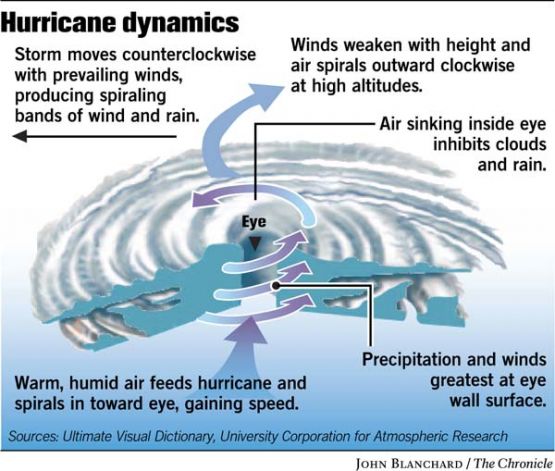
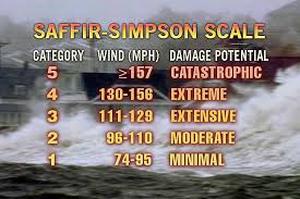
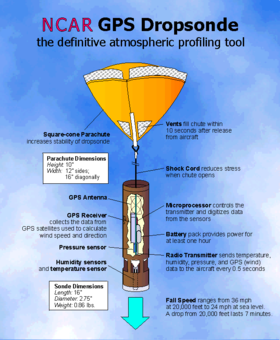
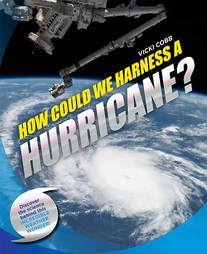

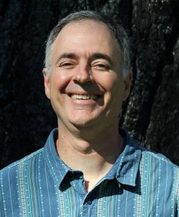

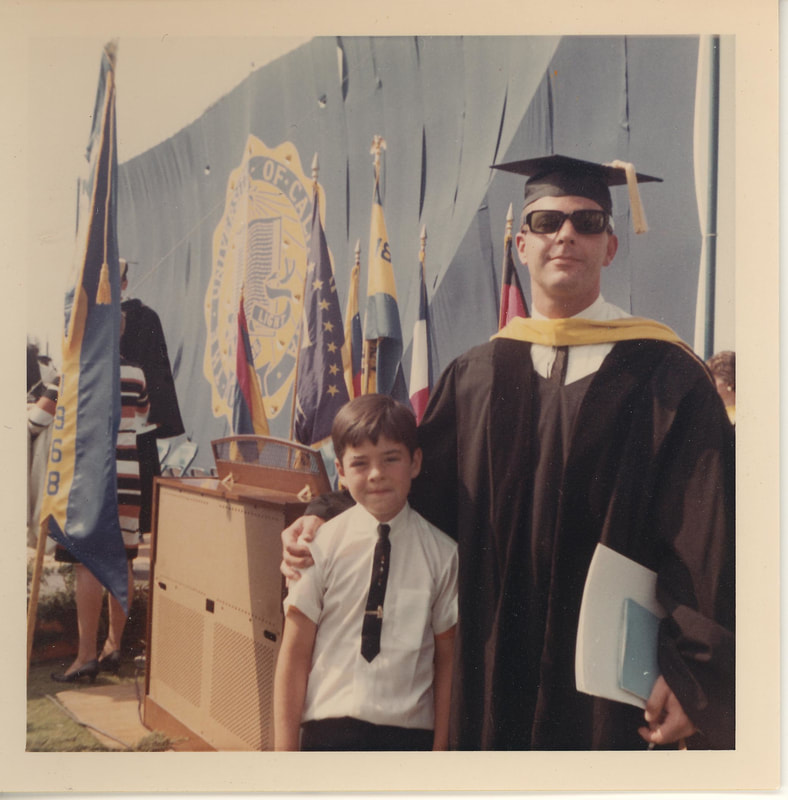
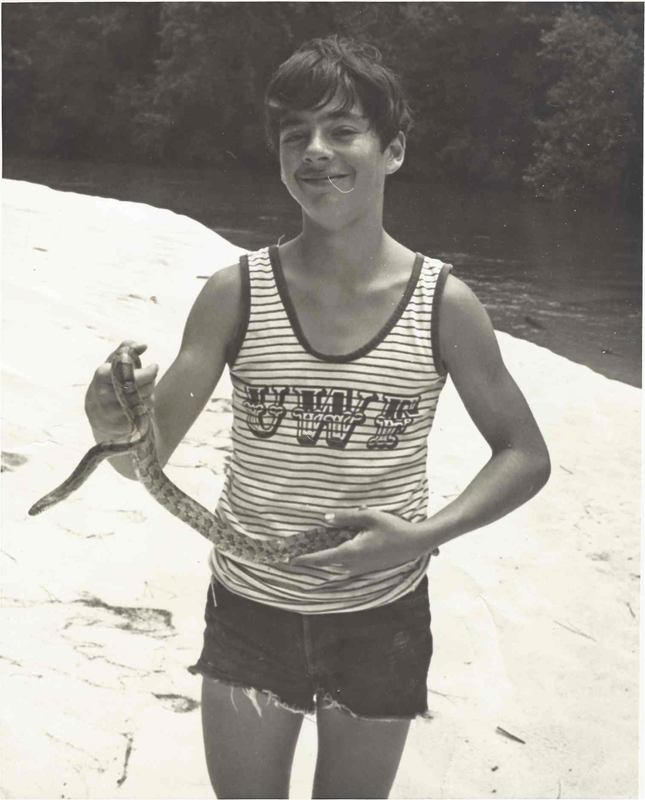
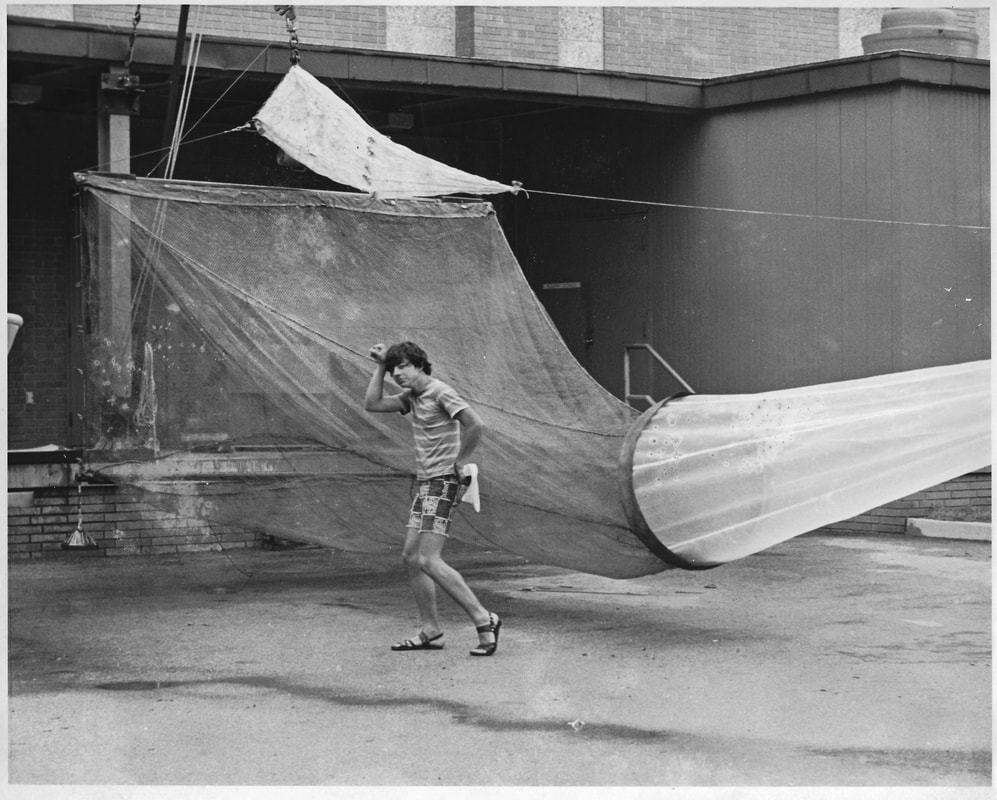
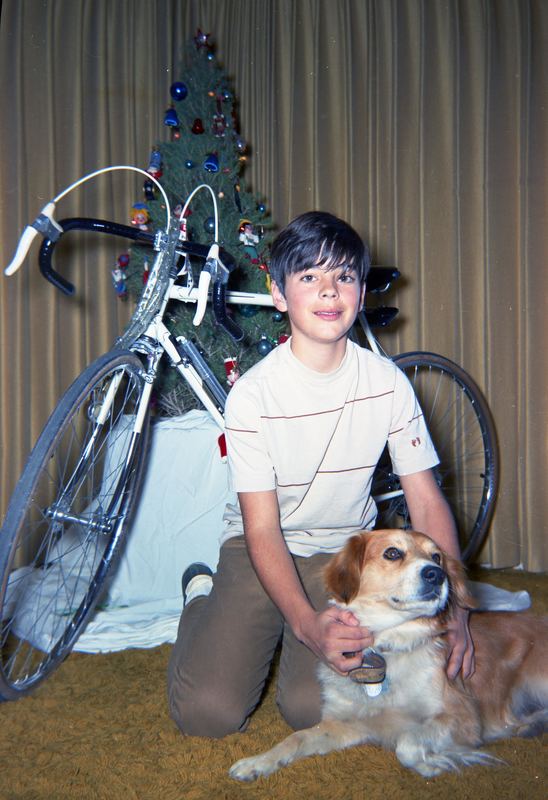


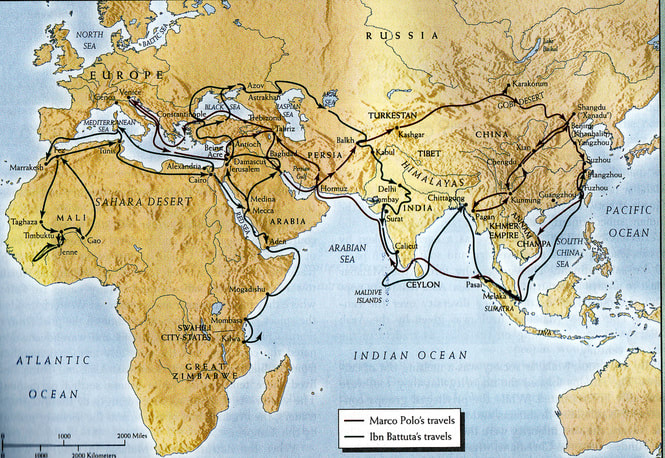
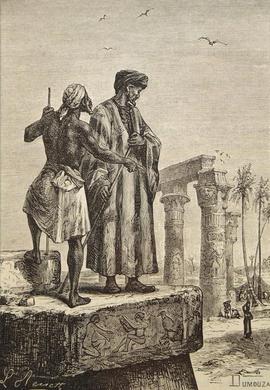
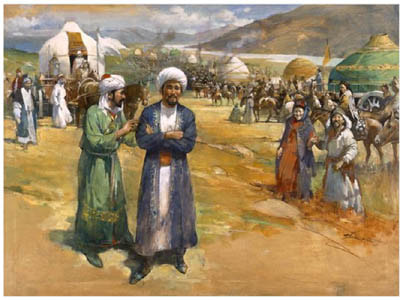


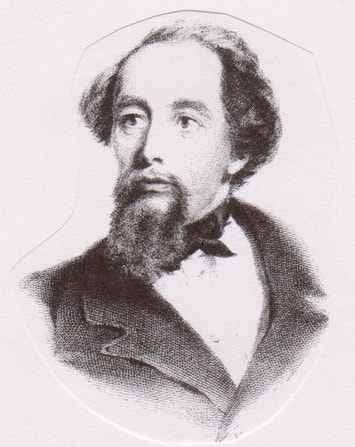


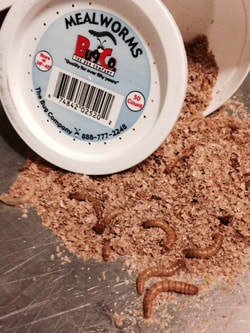
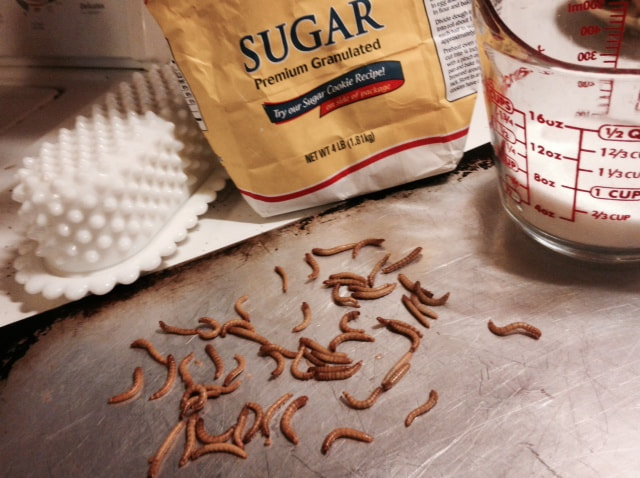

 RSS Feed
RSS Feed
